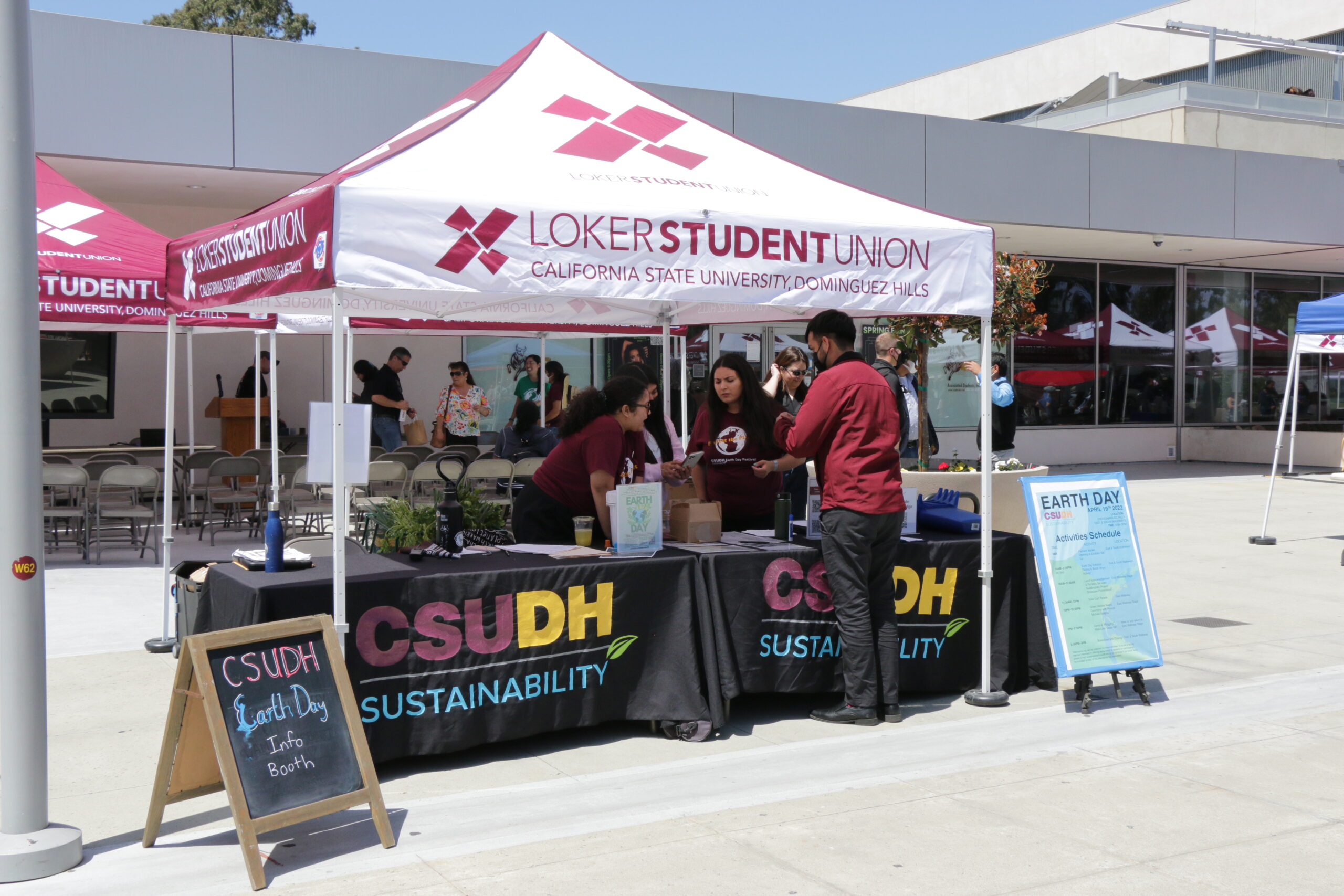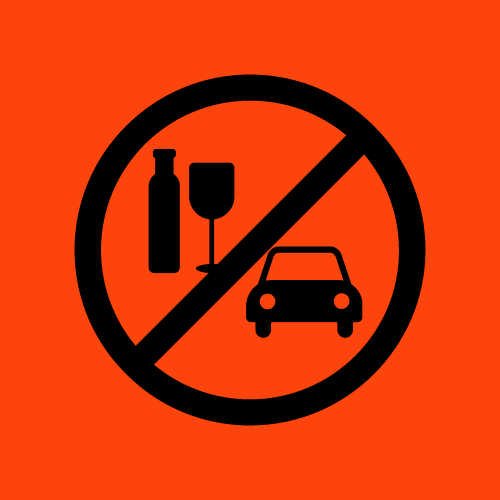By Iracema Navarro, Staff Reporter
Leave it up to President Donald Trump to help usher in an apocalypse. In this case, it’s
Concerns over the possibility of adverse health effects on young users of e-cigarettes pre-dated Trump’s announcement Sept. 11 after meeting with health officials that he would call for the FDA to ban flavored e-cigarettes. In late August, Health and Human Services Secretary Alex Azar called the use of e-cigarettes among youth an “epidemic.”
But the draw of Trump Tweets has led many media outlets to run a plethora of stories about the possible health risks of e-cigarettes.
For example, last week, the New York Times ran nine articles relating to the risk of vaping, with most reporting the increasing number of possible vaping-related lung illnesses and growing interest in identifying the specific causes of these illnesses.
According to the Centers for Disease Control and Prevention Sept. 24, since April 530 cases of lung illness that may be linked to have been reported from 38 states and one U.S. territory, with nine deaths reported from six states.
Additionally, several states have either banned, or have started into looking a ban, on flavored e-cigarettes, like Michigan and New York did this month. California Gov. Gavin Newsom announced on Sept. 16 that the state will create a $20 million awareness campaign. And Tuesday, California health officials released a statement telling everyone to limit their
According to the 2018 National Youth Tobacco Survey, over 3.6 million used e- making them the most commonly used tobacco product.
The CSUDH campus, along with every other CSU campus, has been smoke- and tobacco-free since Sept. 1, 2017.
While there are no statistics on the number of CSUDH students who smoke or just a one-minute drive or eight-minute walk to the corner of Victoria Street and Avalon Boulevard there is the Hygeia Vape & Smoke Shop.
The news of a possible link between
“The students of the school bring a lot of business,” said employee Lane Burns.
However, one employee endorses the idea of limiting people under the age of 21 from buying e-cigarettes.
“It’s smart, I understand why they are doing it. Studies have shown that the brain doesn’t develop until the age of 20,” said Lane Burns, of Hygeia Vape & Smoke Shop.
A random sampling of CSUDH students this week found that while
“I actually used Norman Daholoul, a senior PR and advertising major. “I never really owned my I’d occasionally hit it with my friends who have one, but with all the recent negative reports concerning I won’t do it again and they all have stopped as well.” J
Janelle
One student wasn’t concerned, despite the media reports. “ I Grace Hernandez, a junior psychology major.
“I usually do it just to help me relax, it’s not all bad, it really depends on what you put in it,” said Grace Hernandez, a junior psychology major.
” Another student felt there are more important battles to fight. “
I heard about the news and it is why there isn’t more focus on guns and gun control,” said Evelyn Arechiga, a first-year student majoring in child development.



